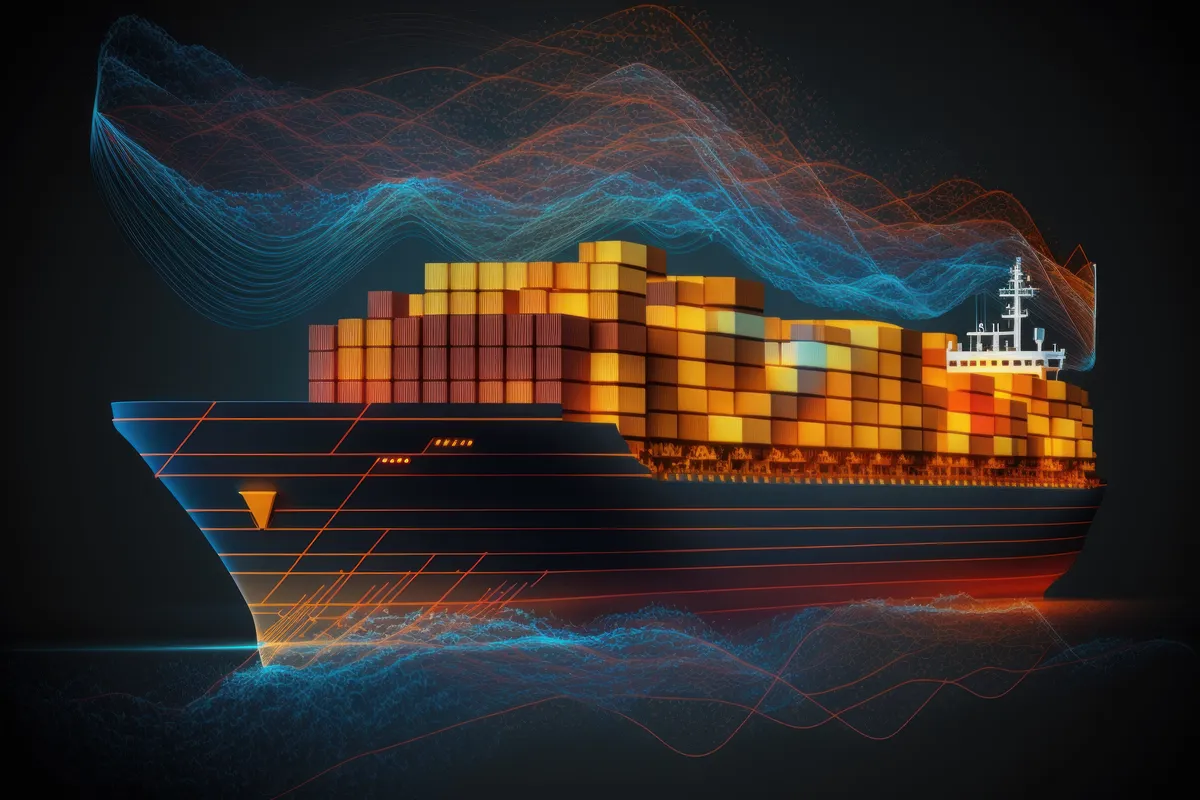DNV has released guidance on efficient, compliant fixed-pitch propeller retrofits to support decarbonization efforts.
These retrofits require close coordination among owners, manufacturers, and relevant stakeholders due to tight timelines.
1. Retrofit Approval and Documentation Requirements
- Project Initiation: Propeller retrofit projects must be started as an alteration project through the DNV Veracity portal’s "Fleet Status" tab. This involves the owner formally requesting DNV’s approval, particularly using the “Approval of Documentation” function under "Vessel Services."
- Required Documentation: Owners need to upload documents well ahead of the installation to avoid delays. Documentation typically includes torsional vibration calculations and other technical details specific to the vessel. Subcontractors can access the portal on behalf of the owner to upload additional documentation if necessary.
- Propeller and Propulsion Arrangement Approval: Approval encompasses the propeller fitting, certification of the propeller, and verification of the propulsion arrangement. This includes evaluating any modifications in shaft alignment and torsional vibration to ensure compatibility with the new propeller.
2. Certification and Compliance with Regulatory Standards
- Certification Process: Propeller manufacturers or designers must apply for certification through DNV’s certification portal, linking it to the retrofit project. The documentation scope can vary depending on vessel-specific needs and is outlined in Appendix 1.
- Compliance Requirements: The propeller retrofits must align with DNV classification rules as well as statutory and flag-specific requirements, including SOLAS (for crash stop testing) and MARPOL (for compliance with EEXI Technical File and minimum propulsion power standards).
- Responsibility Split: Typically, the compliance process is a shared responsibility between the vessel owner and the propeller manufacturer. Owners are responsible for propeller installation, while manufacturers are responsible for delivering compliant propellers. Designers and service providers may also contribute to various aspects of the retrofit.
3. On-Site Survey and Installation Inspection
- Occasional Survey Requests: Owners must request a survey for the retrofit, selecting the relevant retroactive requirement (RR) to ensure alignment between the approval and on-site survey processes.
- Installation and Inspection: DNV surveyors inspect the installation of the new propeller to ensure it meets approved specifications. The inspection includes a "blue fit test" to confirm proper contact between the propeller and shaft cone, propeller push-up length verification, and nut locking assessments. These elements are outlined in Appendix 2.
4. Testing and Sea Trials
- Scope of Testing: The sea trial plan, developed in coordination with a local DNV surveyor, includes performance tests for propeller efficiency in both ahead and astern conditions, as well as torsional vibration measurements.
- Crash Stop and Maneuvering Tests: A crash stop test is mandatory to verify the vessel’s ability to decelerate effectively. The trial also assesses time required to pass the barred speed range and stability at upper and lower speeds.
- Manoeuvring Information Update: IMO Resolutions A.601(15) and MSC.137(76) recommend updating onboard manoeuvring information (e.g., Wheelhouse poster) to reflect any changes in crash stop, turning circle, or Williamson turn characteristics resulting from the retrofit.
5. Impact on EEXI Technical File and Engine Limitations
- EEXI Technical File Updates: If the retrofit results in modified engine power limits, the EEXI Technical File must be reviewed and potentially revised. When the new propeller improves vessel performance to the point that engine power limitations are no longer necessary, owners may need to invalidate the OMM and submit an updated EEXI file for approval.
- Shaft Power Limitation (SHAPOLI): Any modifications to the SHAPOLI or EPL systems resulting from propeller retrofits should also be documented and submitted to ensure compliance with emission reduction targets.
6. Recommendations for Streamlined and Compliant Completion
- Early Engagement: DNV encourages owners and manufacturers to start the process early, using the DNV Veracity portal and following guidelines to ensure a smooth and timely retrofit.
- Resource Access: Additional references, including DNV’s Rules and Standards webpage, provide guidance on the certification process, retrofit approval, and EEXI updates.
- Technical Support: DNV offers customer support through DATE (Direct Access to Technical Experts) via the My Services section on Veracity for any technical inquiries.
MORE DNV'S TECHNICAL AND REGULATORY NEWS IS AVAILABLE HERE

Sign up for our newsletter
It's free. No spam. Cancel anytime.









Related News
Most important regulatory news published in the last week
Nov 05, 2024
DNV issues guidelines for heave compensating systems
Jul 02, 2024
Overview of DNV's New Documents: April 2024 Updates
May 14, 2024